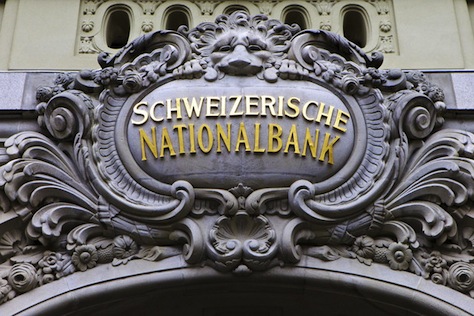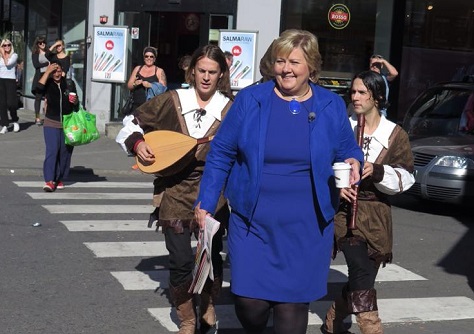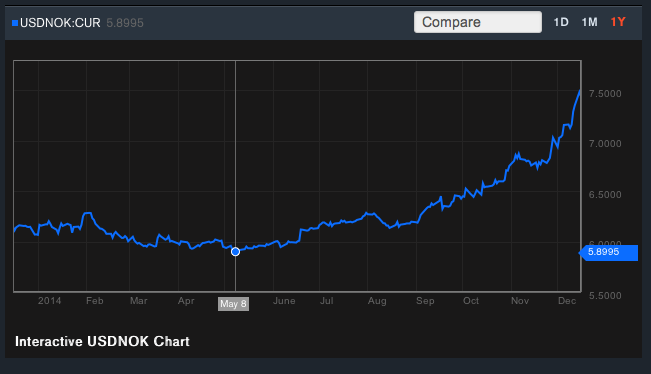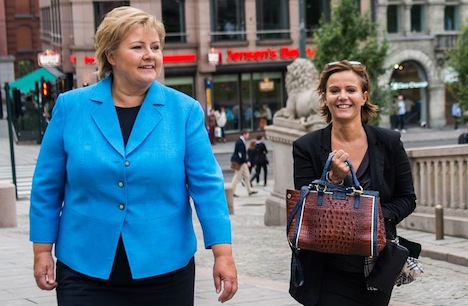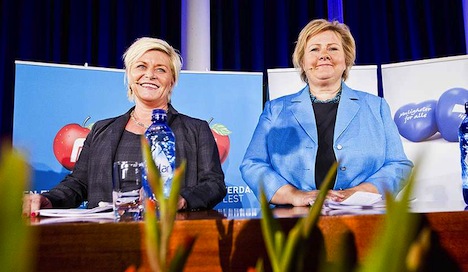
Having narrowed coalition talks from four to two parties last week, it didn’t take long for Norway’s new government to emerge formally on Monday.
As I wrote late last week, Norway is set to have a minority government that will likely be its most right-wing government in postwar history:
As widely anticipated, the leader of the center-right Høyre (literally the ‘Right,’ or more commonly, the Conservative Party), Erna Solberg, will become Norway’s next prime minister, but she’ll lead a minority government in coalition with just one of Norway’s three other political parties, the controversial anti-immigrant Framskrittspartiet (Progress Party) after two smaller center-right parties pulled out of coalition talks earlier this week.
I wrote before the election that pulling together all four parties on the Norwegian right might prove problematic. Sure enough, both the Kristelig Folkeparti (Christian Democratic Party) and Venstre (literally, ‘the Left,’ but commonly known as the Liberal Party), which will hold 10 and nine seats, respectively, in the next parliament, will not join the government. Though both parties have agreed to provide support to Solberg from outside the government, it’s not an auspicious start for the broad four-party coalition that Solberg hoped to build after last month’s victory.
It was no surprise on Monday to see Erna Solberg, the leader of the Conservatives and Norway’s likely next prime minister (pictured above, right) and Siv Jensen, the leader of the Progress Party (pictured above, left) announce their governing agenda.
That agenda came with few surprises from the general framework largely set forth last week — a push to tightening Norway’s immigration laws (for non-Europeans), lowering Norway’s tax burden and, importantly, an agreement not to deviate from the ‘4% rule’ that prohibits more than 4% of the country’s massive $790 billion oil fund to be used in the annual Norwegian budget, and a commitment to avoid exploration for resources in protected Arctic areas.
Both parties generally hope to unlock economic growth and modernization through tax cuts and decentralization of power from Norway’s central government.
But perhaps the most ambitious item is a plan to develop a new infrastructure fund of up to 100 billion kroner ($16.75 billion) for what Solberg and Jensen hope will a five-year mission to improve Norway’s roads and railroads — as well as its educational system:
Kristin Skogen Lund, director-general of the Confederation of Norwegian Enterprise, welcomed the “shift in direction for Norwegian politics”….
Ms Skogen Lund also welcomed the shift in focus of the oil fund from consumption to investment. The outgoing government had spent only about 14 per cent of annual proceeds from the fund, she said, when all of it was supposed to be directed into infrastructure, education and tax reduction.
That’s important in light of Solberg’s goal to reduce the value of the krone, Norway’s currency — inflation, along with high labor costs that have made Norway’s exports relatively uncompetitive, are the largest challenges to an economy that’s at risk of overheating (to the contrary of much of the rest of Europe). Though the ‘investment’ will surely stimulate Norway’s economy, it will do so for long-term benefits. That makes the Solberg ‘investment fund’ plan unlike, say, the 2009 US stimulus package enacted into law by US president Barack Obama designed to do the opposite — boost short-term aggregate demand.
Solberg’s government will also explore the possibility of splitting the country’s oil fund, the world’s largest sovereign wealth fund, into two smaller entities to encourage competition and maximize Norway’s investment returns.
The two parties remain at odds over cabinet posts, though it’s widely expected than Jensen will hold the finance portfolio.
By way of background, the Conservative/Progress coalition will hold 77 seats — and all four center-right parties will hold 96 seats — in the 169-member Storting, Norway’s parliament. Though the center-left Arbeiderpartiet (Labour Party) of outgoing prime minister Jens Stoltenberg won more seats than any other party in the September 9 election, its coalition allies suffered huge losses — the Conservatives placed a close second and the Progress Party finished third, and a broad center-right government had been widely expected even before the election.
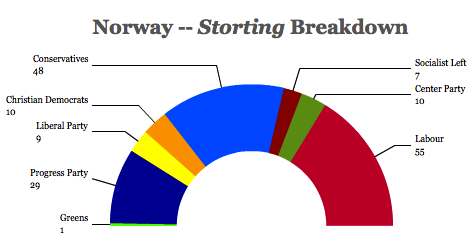
Top photo credit to Vegard Grøtt / NTB scanpix.
![]()
